Rhododendron de-flowered
Sara Malone Zone 9b
10 years ago
Related Stories
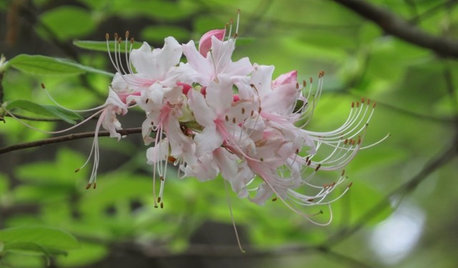
GARDENING GUIDESGreat Design Plant: Rhododendron Canescens
Have a damp, shady spot in your garden that needs a lift? This Southern U.S. native may be the solution
Full Story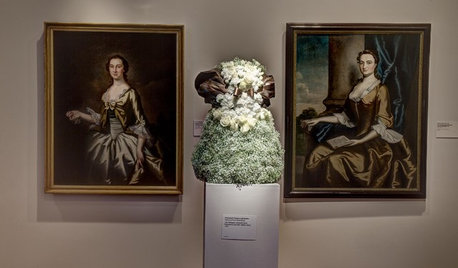
EVENTSBouquets to Art: Designers Paint With Flowers
Floral designers use plants and blossoms to re-create works of art in a show at San Francisco’s de Young Museum
Full Story
GARDENING GUIDESAttract Hummingbirds and Bees With These Beautiful Summer Flowers
Roll out a welcome mat for pollinators to keep your landscape in balance and thriving
Full Story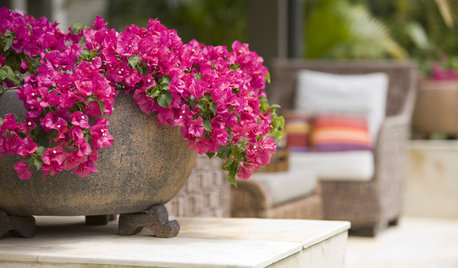
GARDENING GUIDESSweeten a Summer Garden With Pink Flowers
Whether you stir in hot pinks or sprinkle in some pastels, pink blooms can make your garden deliciously pretty
Full Story
FALL GARDENING9 Deer-Resistant Flowering Shrubs to Plant This Fall
These exquisite shrubs will attract your attention but won’t tempt the deer that roam your neighborhood at night
Full Story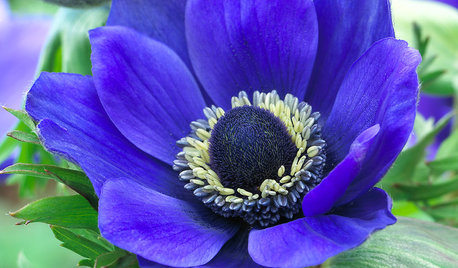
FALL GARDENING6 Splendid Blue-Flowering Bulbs
How do you blue? With colors from sky to cobalt, these bulbs will greet you merrily in a spring garden
Full Story
GARDENING GUIDES15 Native Flowers That Feed Native Bees
These perennials offer superfood to hundreds of bees and are gorgeous in their own right
Full Story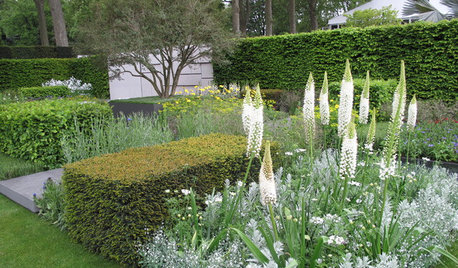
GARDENING GUIDESGreat Garden Ideas From the 2015 Chelsea Flower Show
Peruse inspiring plants, plant combinations and design ideas from London’s famed garden exhibition
Full Story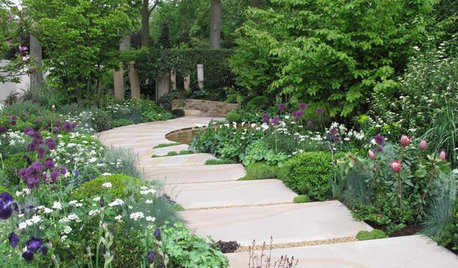
GARDENING GUIDESGreat Outdoor Living Ideas From the 2015 Chelsea Flower Show
The London garden exhibition has winning design concepts to borrow for your own backyard spaces
Full Story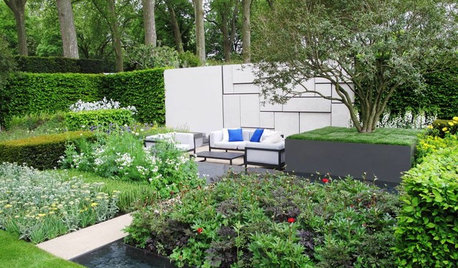
GARDENING GUIDESSee Winning Gardens From the 2015 Chelsea Flower Show
The popular annual London event showcases the best in garden design. Get inspired by these 2015 gold-medal winners
Full Story





rhodyman
Embothrium
Related Professionals
Canton Landscape Architects & Landscape Designers · West Milford Landscape Architects & Landscape Designers · Comstock Park Landscape Architects & Landscape Designers · Southfield Landscape Architects & Landscape Designers · Summit Landscape Architects & Landscape Designers · East Patchogue Landscape Architects & Landscape Designers · Aurora Landscape Contractors · Centereach Landscape Contractors · Mercedes Landscape Contractors · New Brighton Landscape Contractors · Salmon Creek Landscape Contractors · Wanaque Landscape Contractors · Antioch Landscape Contractors · Palos Heights Landscape Contractors · Castaic Gardeners & Lawn CareSara Malone Zone 9bOriginal Author
rhodyman